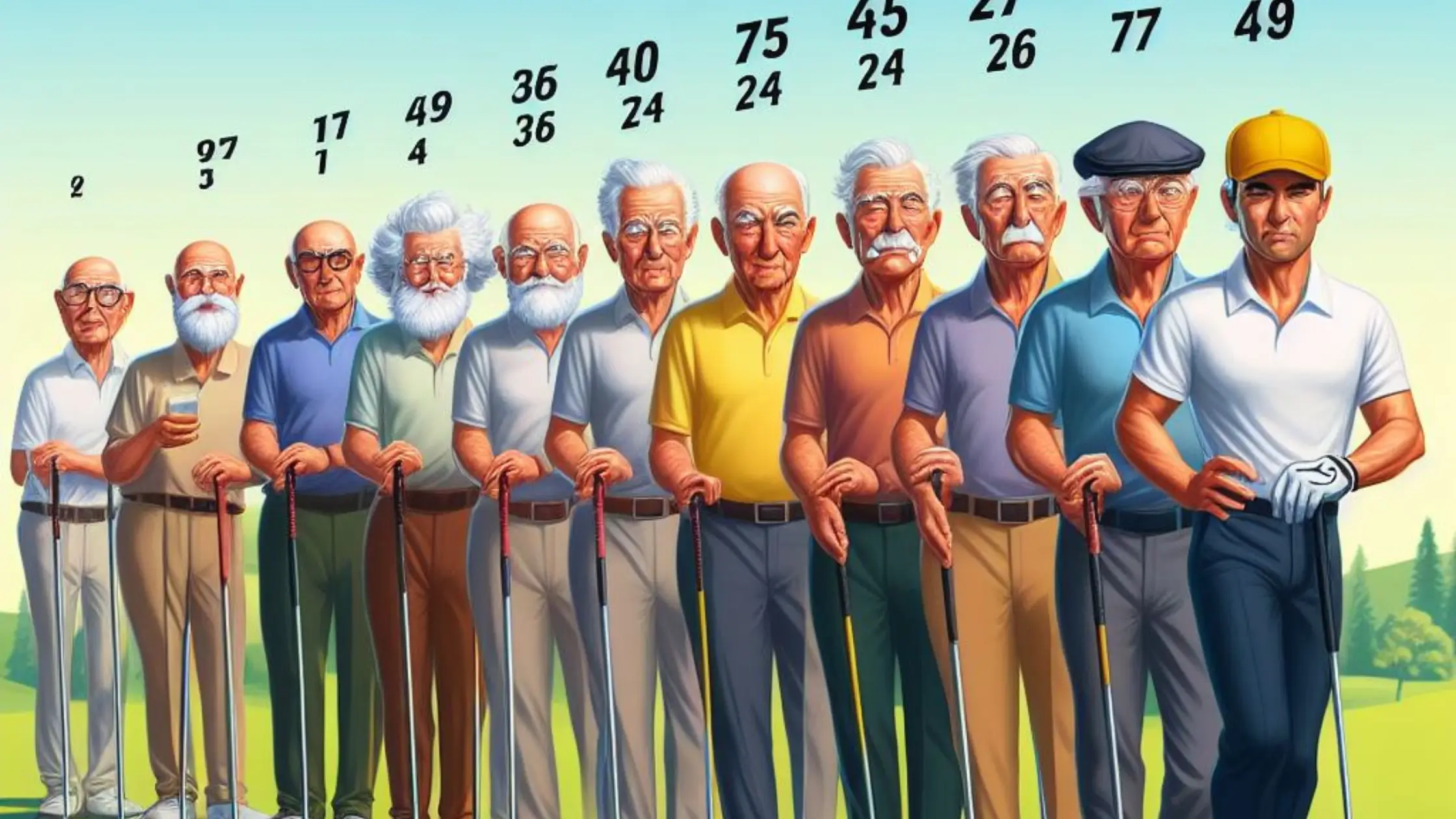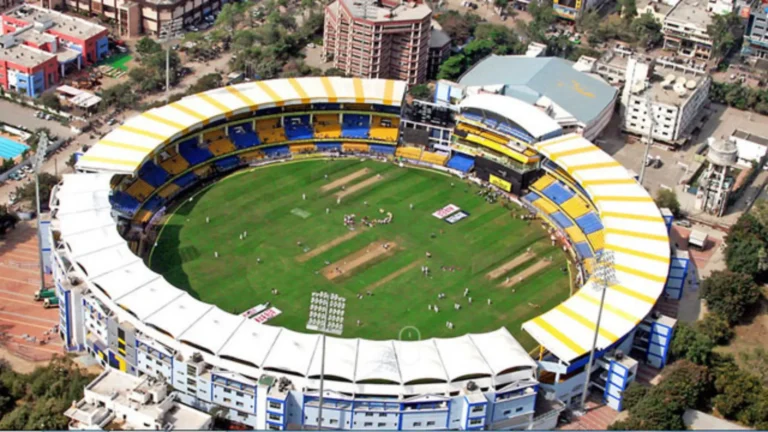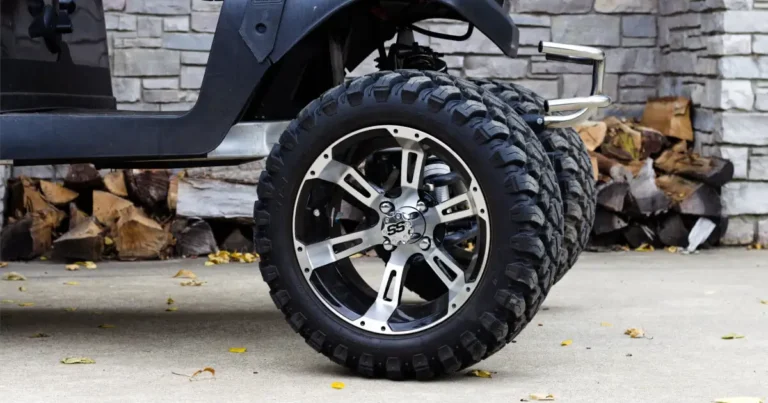Average Golf Ball Speed By Age and Gender
Golf ball speed is an important factor that controls driving distance and performance for golfers. The average golf ball speed differs greatly based on age, gender, skill level, and other variables. Understanding averages and trends in ball speed metrics can help golfers evaluate their own driving abilities in comparison to other golfers of similar demographics.
This article will provide a thorough analysis of data and research on average golf ball speeds, broken down by age and gender.
Average Golf Ball Speed Overview
The average golf ball speed for all golfers, including amateurs and professionals, ranges between 140 and 185 mph. However, when divided further by age and gender, as this article does, more nuanced ranges emerge.
Golf ball speed generally correlates with driving distance, with faster ball speeds resulting in longer drives. As a result, comparing ball speed averages by age and gender can reveal differences in driving abilities among these groups.
Average Golf Ball Speed by Age
Golf ball speed varies greatly between age groups among amateur golfers. Here’s an overview of average ball speeds by common amateur golfer age groups:
For golfers in their 20s, average ball speeds range from 155-165 mph, with well-struck drives reaching up to 170 mph. Younger golfers in their athletic prime can generate impressive clubhead and ball speeds thanks to their fast swings.
Golfers in their 30s and 40s experience more variation in ball speeds. Athletic and skilled golfers in this age group may still record ball speeds of 160-170 mph, whereas more casual veterans frequently fall in the 145-155 mph range. Core strength begins to dwindle, reducing swing speeds.
Golfers in their 50s and 60s experience a decline in average ball speed, ranging from 135-150 mph on well-struck shots. More casual veterans may only achieve 110-130 mph.
Swing speeds suffer as a result of reduced flexibility, strength, and clubhead lag. Shorter club lengths can help to mitigate this impact.
70s/80s+ Golf ball speed typically drops below 130 mph among golfers in their mid-70s and beyond, as flexibility and strength decline with age, despite exceptional performances such as Gary Player’s. Casual players may struggle to reach 100 mph. Precision and strategy can help counteract the power loss associated with aging.
Age-related declines in golf ball speed and driver distances are closely related to slower swing speeds, which are caused by decreased fast twitch muscle response, flexibility, core strength, and other athletic capabilities that influence the golf swing.
Average Golf ball Speed by Gender
Furthermore, average golf ball speed varies significantly between male and female amateur golfers due to inherent physical differences that influence swing speed capacity:
Male amateur golfers typically average ball speeds between 140-170 mph across all skill levels and age groups. Golfers who are well-trained can hit the ball at speeds exceeding 180 mph. The best professionals in the world, including Rory McIlroy, have recorded ball speeds of more than 190 mph.
Female amateur golfers typically have ball speeds of 110-135 mph. While a few elite female professionals, such as Lexi Thompson, can reach 145-155 mph, the majority of casual female players have swing speeds that are insufficient to exceed 140 mph ball speeds. Natural physical strength differences between sexes result in up to a 30 mph gap.
Of course, some trained female long drivers can still achieve speeds in excess of 150 mph by maximizing clubhead and ball velocity. However, because it is difficult to match male muscle power, average golf ball speeds for typical amateur female players remain significantly lower across the sport.
Advanced club fitting can help close the gap slightly by optimizing launch angles, spin rates, and shaft loading for increased distance.
Additional Demographic Factors Affecting Ball Speed
While age and gender are two of the most significant demographic factors directly influencing average golf ball speeds, there are some other correlations worth noting briefly.
Low handicap golfers tend to strike the ball faster than high handicap golfers on average. The significance of sound swing mechanics grows with higher speeds.
Fitness Level – Golfers with high levels of cardiovascular fitness, muscle strength, flexibility, and nutrition maintain faster speeds well into adulthood. Resistance training yields significant benefits for clubhead speed training.
Equipment Factors – Optimally fitted drivers designed for faster clubhead speeds, combined with the most recent golf ball designs, allow for peak ball velocity capabilities that are aligned with player swing speeds.
Age and gender are two critical demographic delineations that fundamentally determine average amateur golf ball speeds due to their close correlation and influence over achievable swing speeds.
Conclusion
When analysing average golf ball speeds, age and gender are two critical filters that reveal more detailed insights into velocity ranges across different segments of the golf population.
While swing speeds above 180 mph are considered the pinnacle of elite power, most amateur averages by age and gender fall far below this level.
Average speeds among male golfers fall steadily from the 160s in younger golfers to the 120s in older players, as flexibility and power decline with age.
Female players consistently fall 20-30 mph behind comparable male age groups, averaging 110-140 mph due to innate physical capability gaps that influence swing speeds.
Understanding these benchmark averages can help all golfers set realistic goals for improvement compared to their age-matched peers. Optimize launches, fittings, instruction, and athletic training for your age and gender to bring ball speed capabilities as close to the group average as possible.
While age-related decline is unavoidable, focusing on health and swing efficiency can help moderate velocity reductions over time, resulting in more distance off the tee.







